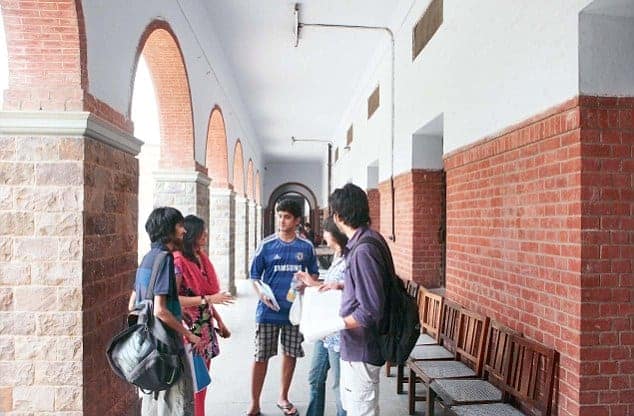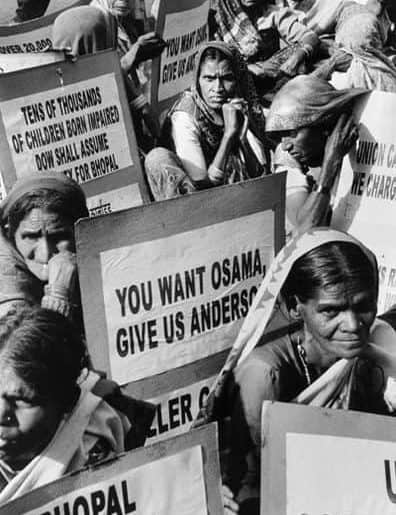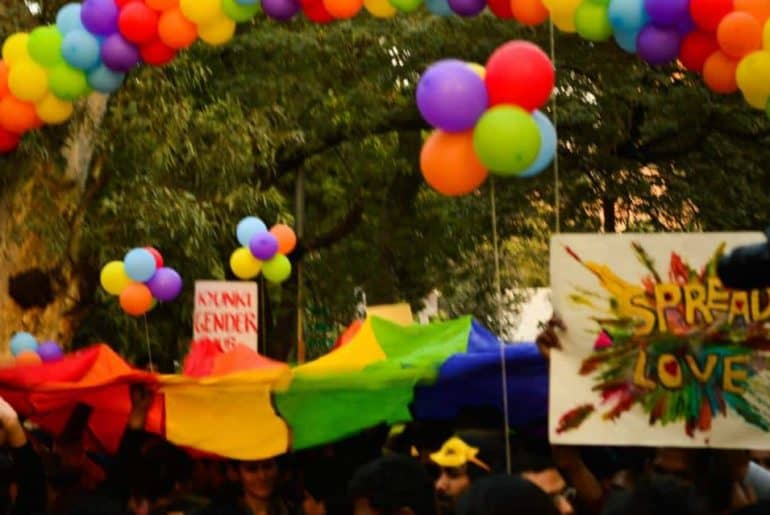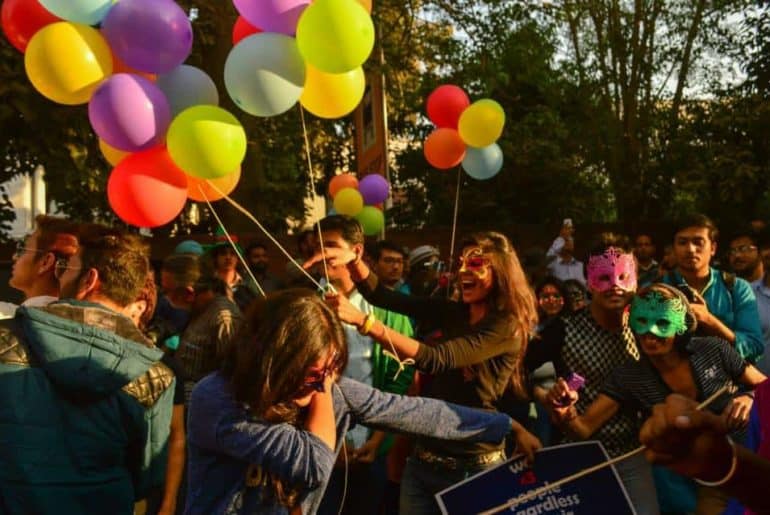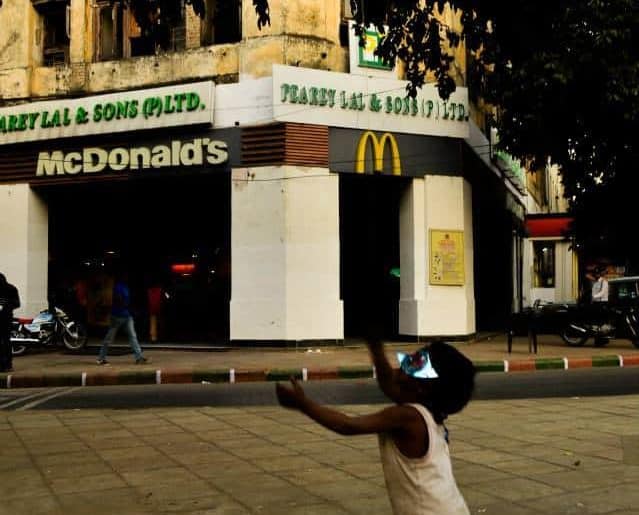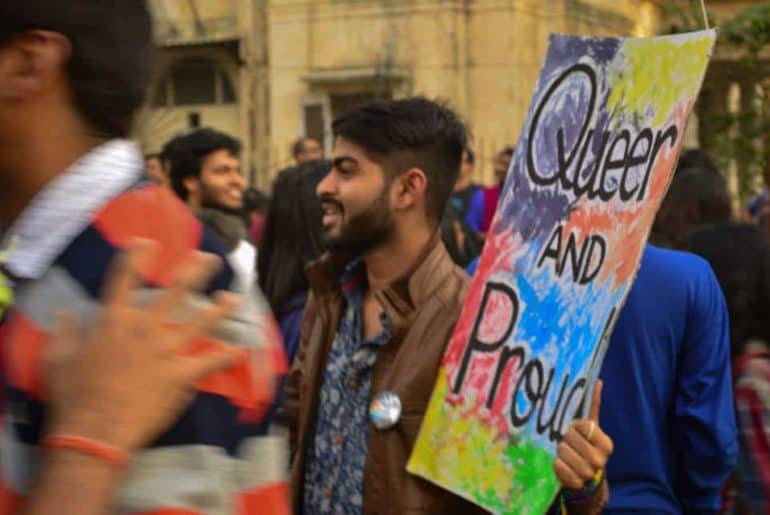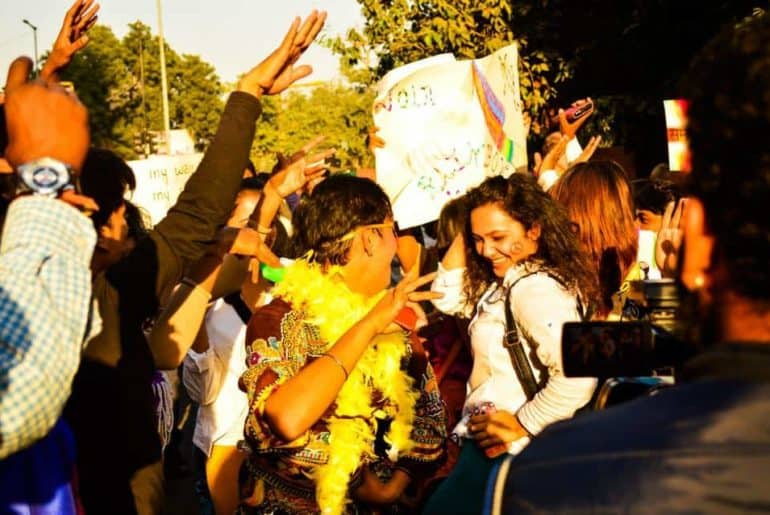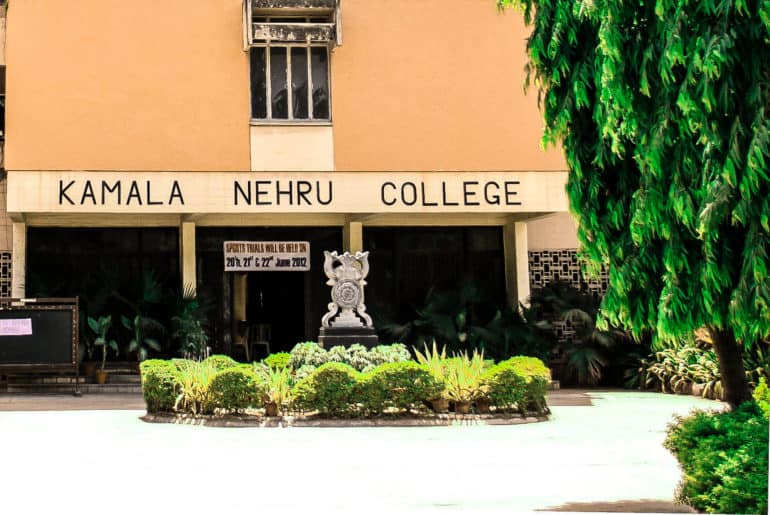FYUP? No FYUP? Wait, Dr. Dinesh Singh refuses to budge. FYUP. Well now, Ministry of Human Resource Development refuses to budge. No FYUP!
It was late June when (thanks to the media, and the DU Vice Chancellor, and UGC Chairperson, and the MHRD) the Four Year Undergraduate Program had bagged all headlines. It was the one thing that everyone, and especially experts, was talking about. Meanwhile, we, the current first year students were in a dilemma of our own. And at one point of time, FYUP or no FYUP ceased to matter. Could we just get into college already?
Amidst the highly ‘inflated’ first cut off and chaos about the course structure, the 2014-17 (yes, no FYUP!) batch joined with a disturbing uncertainty. The teachers too were waiting, hoping, expecting for a response from the University officials- as if not knowing where and how to begin wasn’t confusing enough.
While most of us spent this time bonding with new comrades or grabbing a bite at the newly-discovered canteens; there were others who questioned themselves if it was a wise decision to join India’s top-rated university. Finally, sanity returned after two weeks of the ‘going-to-college-and-not-knowing-what-to-do’ mode. Course meetings, department meetings, principal-staff meetings… College seemed just like that in the movies- going out with your friends as much as you want, other things could always wait!
But the ‘other things’ couldn’t wait anymore. With the course finally adopting back its original structure, students were seen rushing to stationery shops buying whatever readings/books they could get hold of. After a stumpy beginning, the course kick-started itself and things weren’t the same anymore. Back-to-back classes, tutorials, extra classes (which usually turned out to be mass bunks), -Internals-, mid-semester break, -Internals-, Diwali-break, -Internals- and then some more Internals.
And just when things in college had started to make sense, semester examinations stood staring right into our eyes. Wait, where did the semester go? More than that, are we ready to give the first examinations of the university? The struggle to catch up with attendance has turned into a battle for some, while the other minority of the population is all set for the examinations with the entire course done (and mind you, revised too!)
Irrespective of all turmoil in the beginning, the semester fared out to be a memorable one. With outstation students discovering a whole new world in Delhi, each of us realised the enigma of being in the top ranked university of India. And even though there are things to be bothered about (yes, exams!), just being a part of the University of Delhi brings a contentment of its own.
Arushi Pathak
[email protected]

